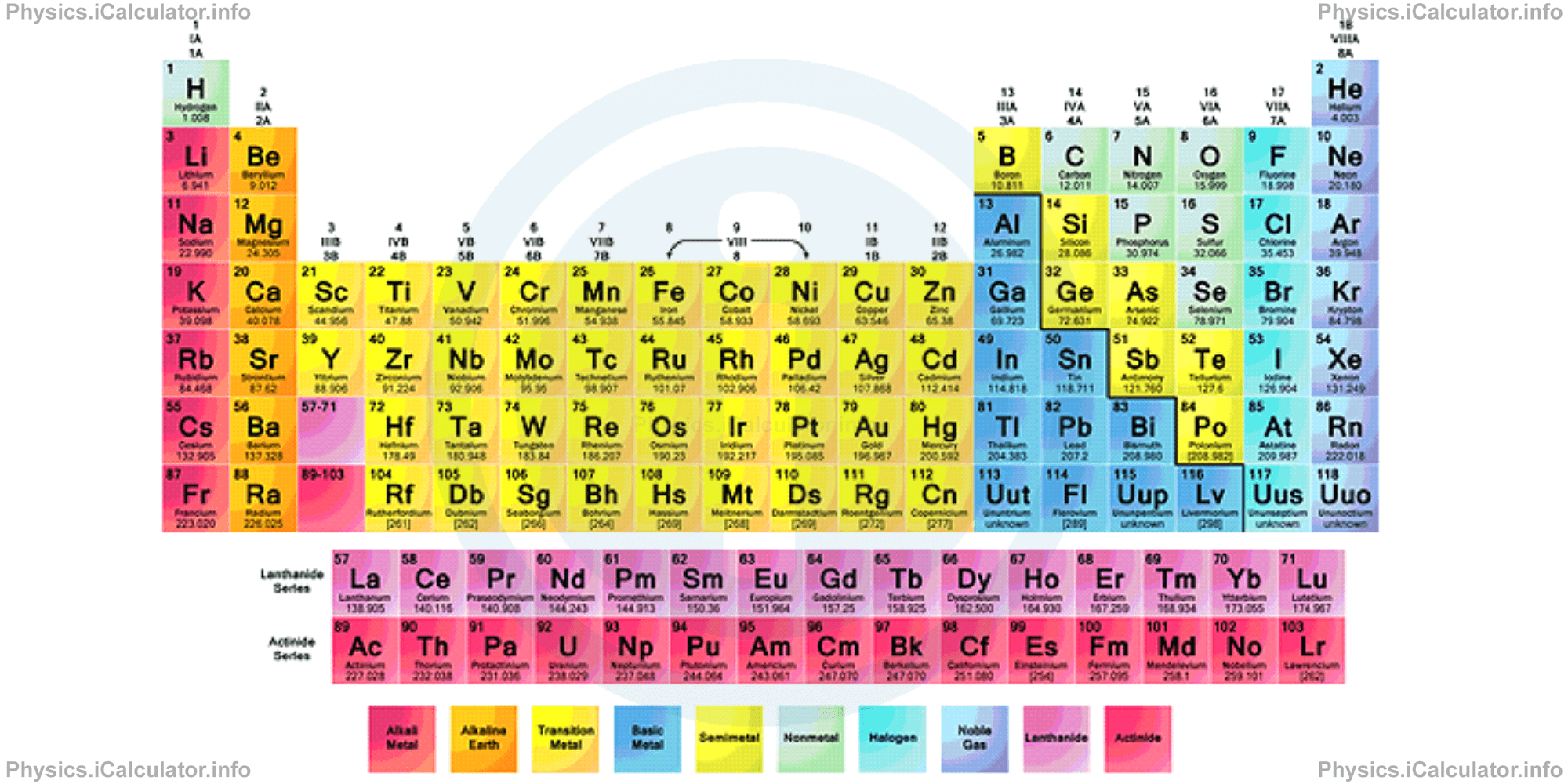Menu
Physics Lesson 20.1.5 - Atomic Nucleus
Please provide a rating, it takes seconds and helps us to keep this resource free for all to use
Welcome to our Physics lesson on Atomic Nucleus, this is the fifth lesson of our suite of physics lessons covering the topic of Atomic Nucleus and Its Structural Properties, you can find links to the other lessons within this tutorial and access additional physics learning resources below this lesson.
Atomic Nucleus
All data obtained during experiments led in the acceptance of the fact that atomic nucleus is not the smallest thing in the universe; there are other particles inside the atomic nucleus. These particles are protons and neutrons, which have the same mass roughly (neutron is slightly heavier than proton) and both of them are much heavier than electron (proton is 1832 times heavier than electron). More specifically, the mass of a proton is mp = 1.6726 × 10-27 kg and that of neutron is mn = 1.6749 × 10-27 kg. We have seen in Section 16 that protons bear a positive charge while neutrons bear no electric charge (they are neutral).
As explained in other sections, protons and neutrons are often referred to with a common name - nucleons (particles located inside the nucleus). The number of protons in a nucleus (otherwise known as atomic number) is denoted by Z while that of neutrons by N. Hence, the number of nucleons (atomic mass) A is
(It must be noted here that besides being particles, protons and neutrons like all the other particles manifest wave behavior as well, as explained in the Section 19 of this course.)
The number of protons (atomic number) V indicates the type of element. There are 118 types of (chemical) elements known so far, where each of them has a different atomic number. All of them are arranged in a table of elements, known as the periodic table as shown below.

As you see from the periodic table, the name of each chemical element is indicated through abbreviations. For example, hydrogen is indicated by H, helium by He, lithium by Li, and so on. Symbolically (especially in nuclear reactions), the number of protons Z is written as a subscript before any element X (on its left) while the number of nucleons N is written as a superscript before the element symbol. Hence, the general form of nucleus of a chemical element is
For example, a helium nucleus that has two protons and two neutrons is written as
Sometimes, the number of nucleons is written following the element. For example, the symbol C-12 means the given carbon element contains 12 nucleons (in which 6 are protons and 6 neutrons).
Some elements are stable, other are less stable. In general, higher the atomic number Z, less stable the element is. For example, the main two elements in the Sun are hydrogen H and helium He, which have 1 and 2 protons in their nuclei respectively. All the other elements have disappeared due to strong explosions frequently occurring in the Sun.
All elements heavier than Uranium (Z = 92) are human made, i.e. they are obtained through artificial methods and are therefore unstable, as they cannot exist naturally.
You have reached the end of Physics lesson 20.1.5 Atomic Nucleus. There are 9 lessons in this physics tutorial covering Atomic Nucleus and Its Structural Properties, you can access all the lessons from this tutorial below.
More Atomic Nucleus and Its Structural Properties Lessons and Learning Resources
Whats next?
Enjoy the "Atomic Nucleus" physics lesson? People who liked the "Atomic Nucleus and Its Structural Properties lesson found the following resources useful:
- Explanation Feedback. Helps other - Leave a rating for this explanation (see below)
- Nuclear Physics Physics tutorial: Atomic Nucleus and Its Structural Properties. Read the Atomic Nucleus and Its Structural Properties physics tutorial and build your physics knowledge of Nuclear Physics
- Nuclear Physics Revision Notes: Atomic Nucleus and Its Structural Properties. Print the notes so you can revise the key points covered in the physics tutorial for Atomic Nucleus and Its Structural Properties
- Nuclear Physics Practice Questions: Atomic Nucleus and Its Structural Properties. Test and improve your knowledge of Atomic Nucleus and Its Structural Properties with example questins and answers
- Check your calculations for Nuclear Physics questions with our excellent Nuclear Physics calculators which contain full equations and calculations clearly displayed line by line. See the Nuclear Physics Calculators by iCalculator™ below.
- Continuing learning nuclear physics - read our next physics tutorial: Nuclear Forces, Defect of Mass and Binding Energy
Help others Learning Physics just like you
Please provide a rating, it takes seconds and helps us to keep this resource free for all to use
We hope you found this Physics lesson "Atomic Nucleus and Its Structural Properties" useful. If you did it would be great if you could spare the time to rate this physics lesson (simply click on the number of stars that match your assessment of this physics learning aide) and/or share on social media, this helps us identify popular tutorials and calculators and expand our free learning resources to support our users around the world have free access to expand their knowledge of physics and other disciplines.